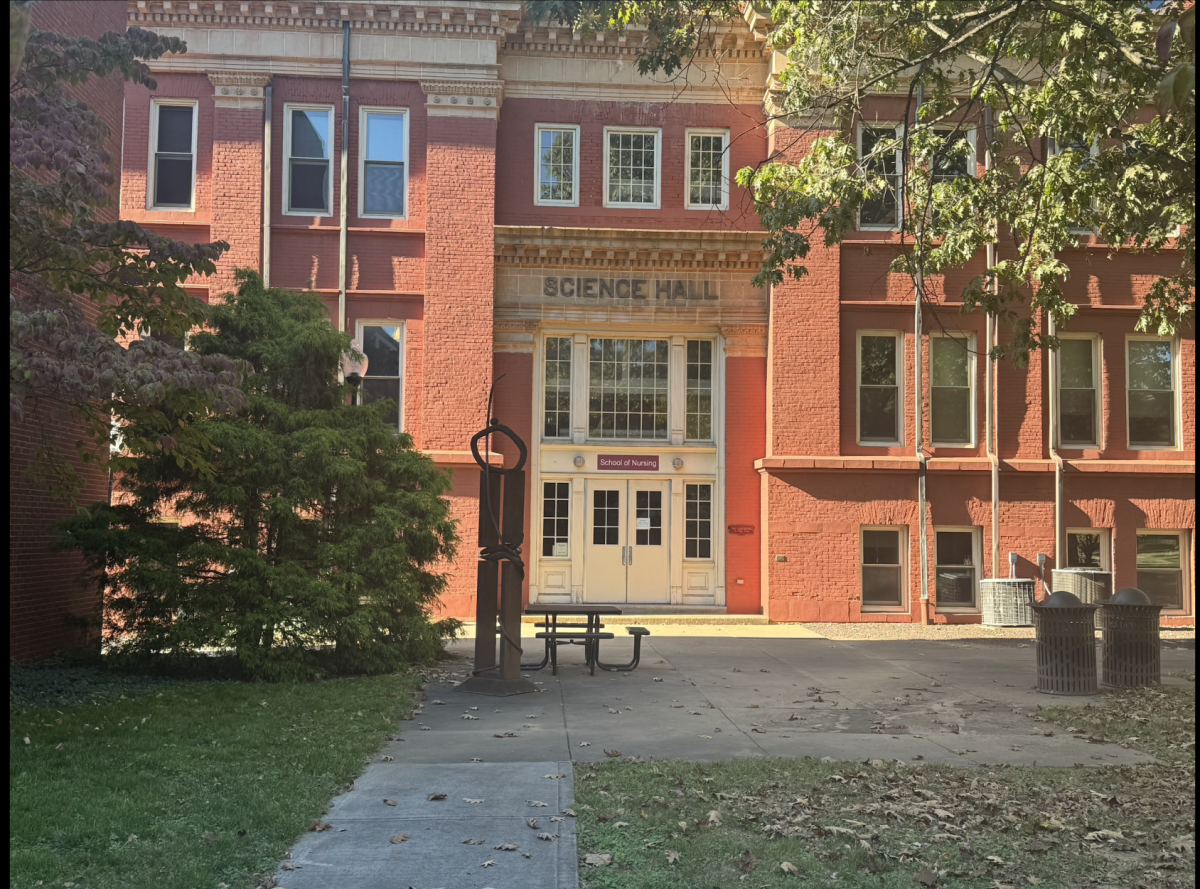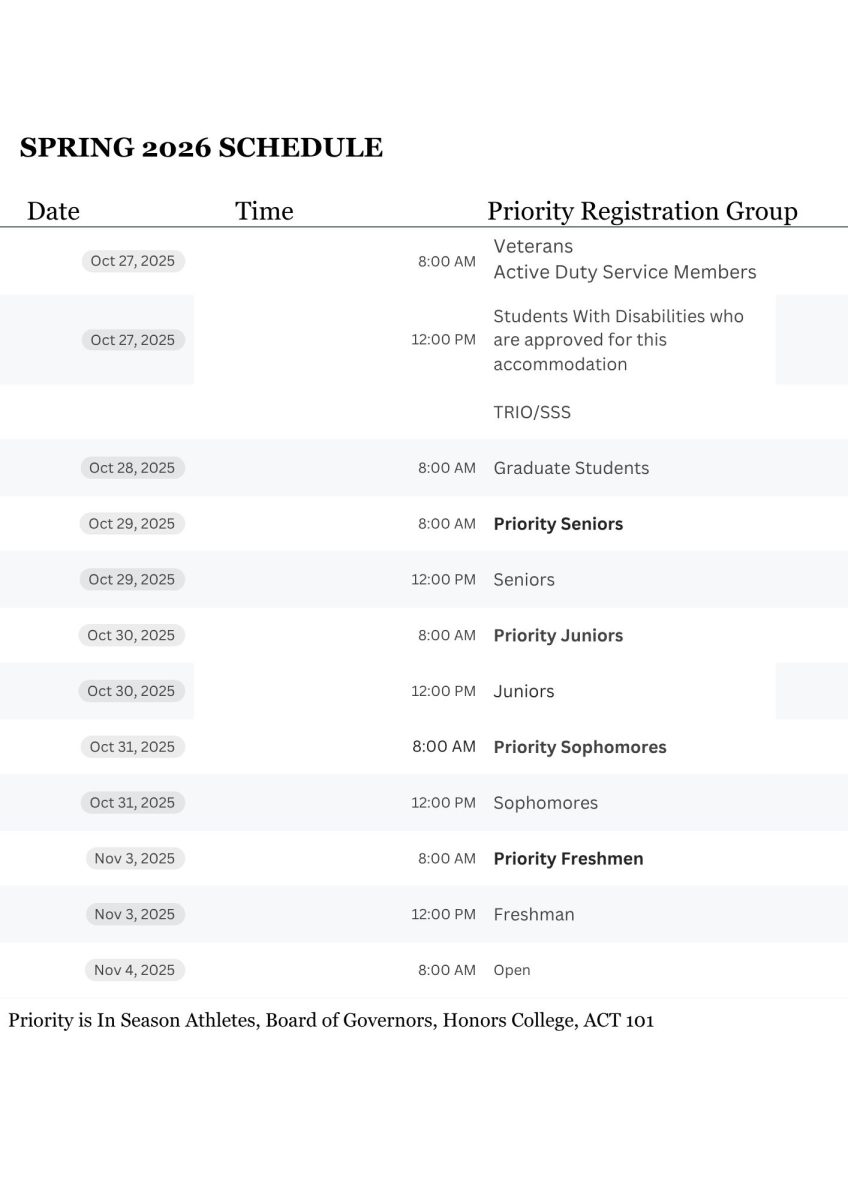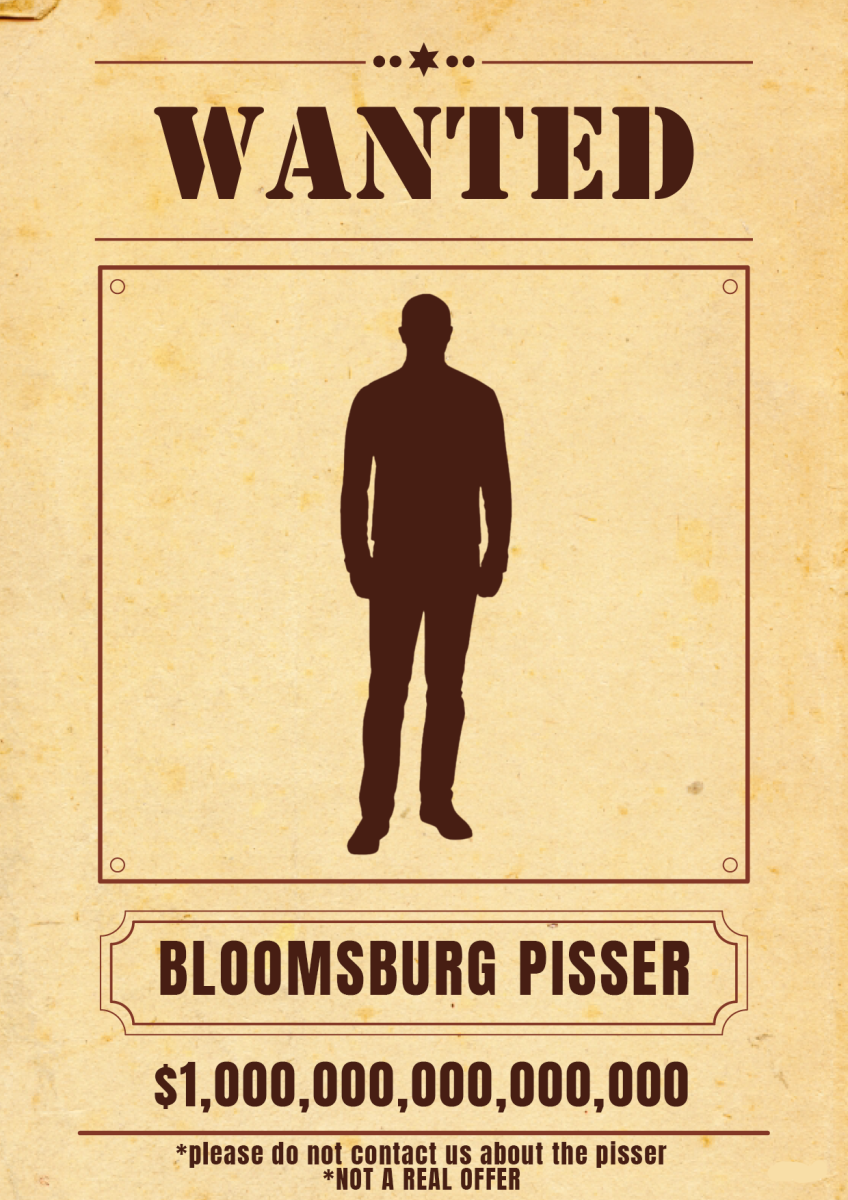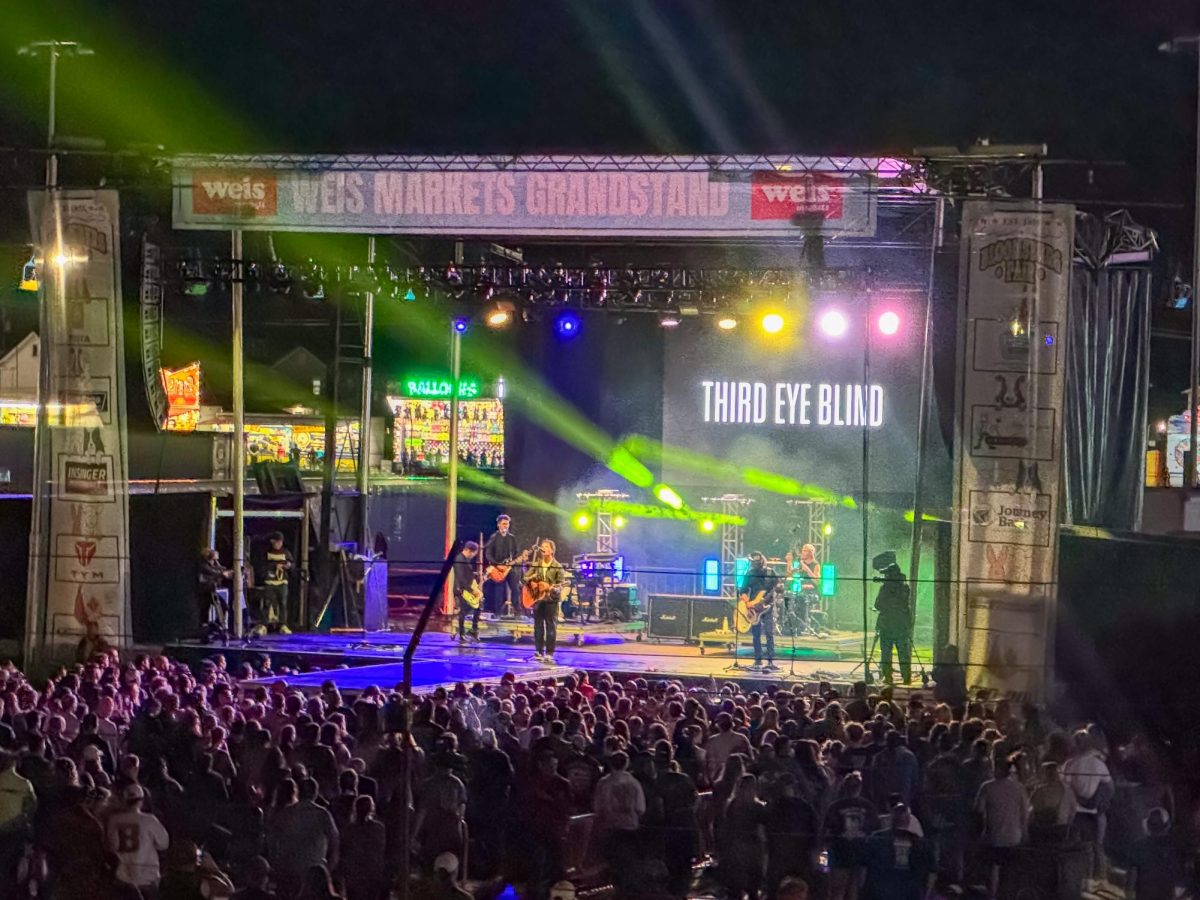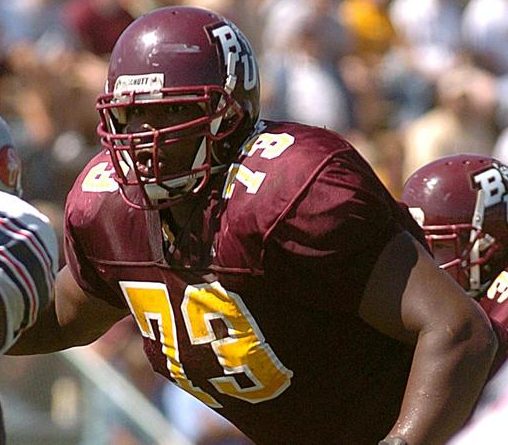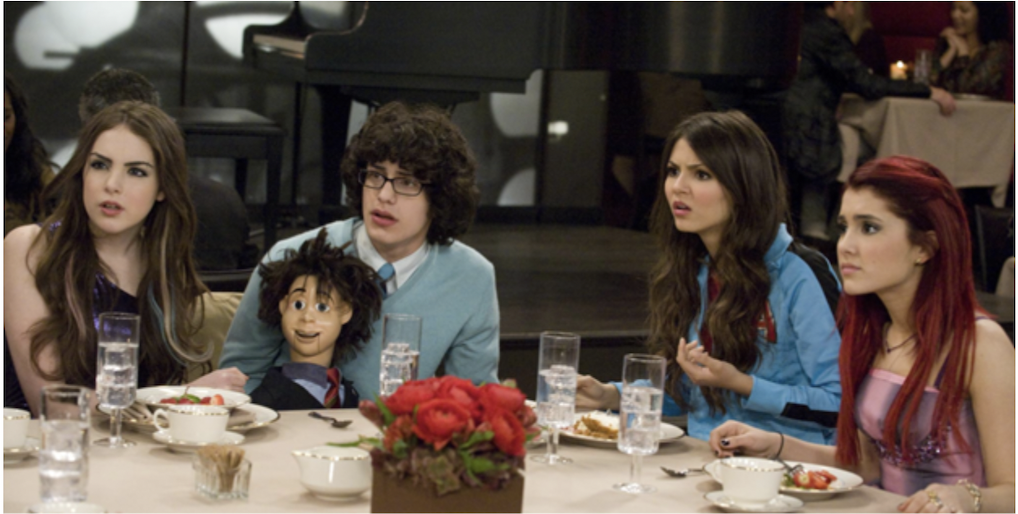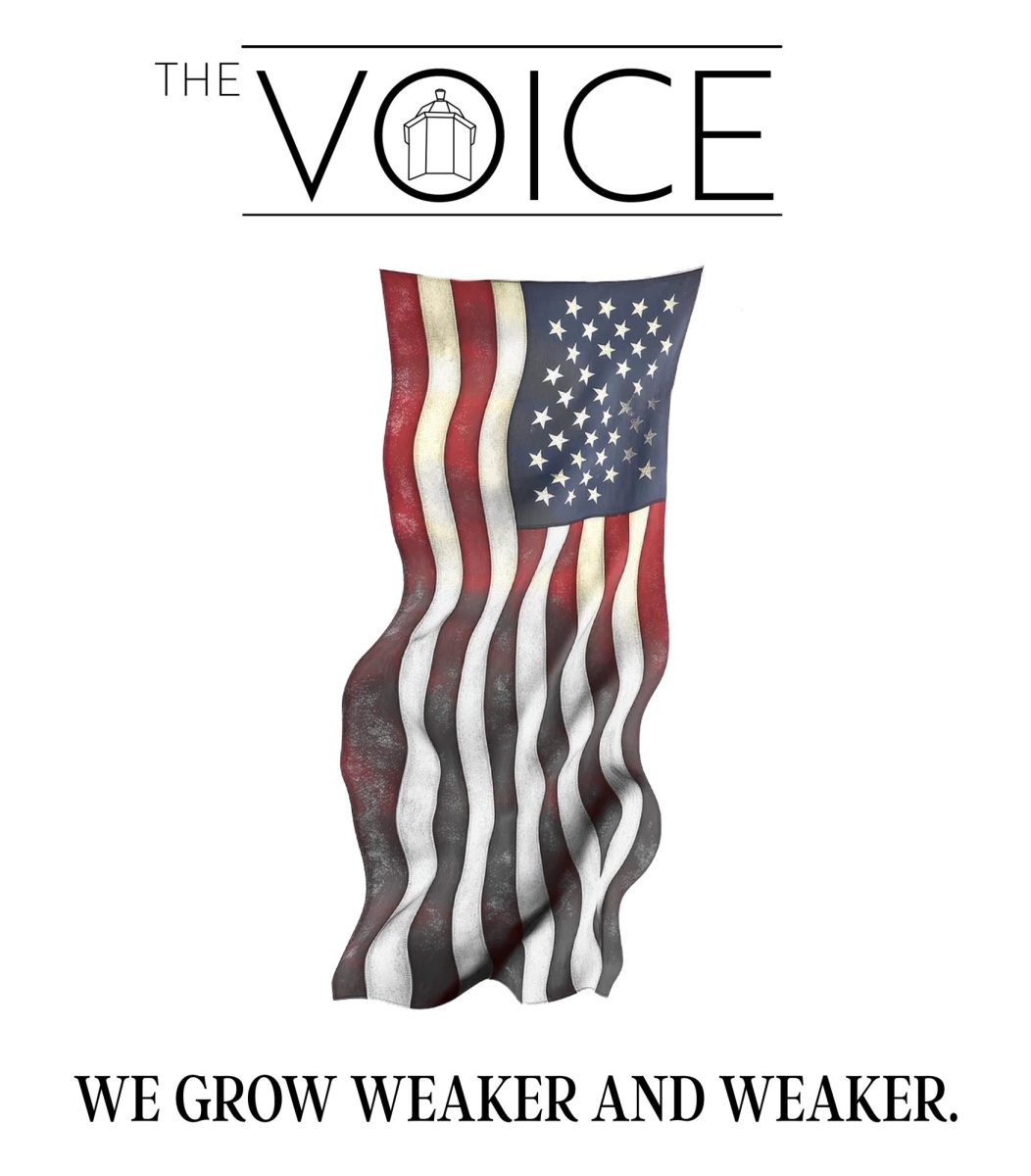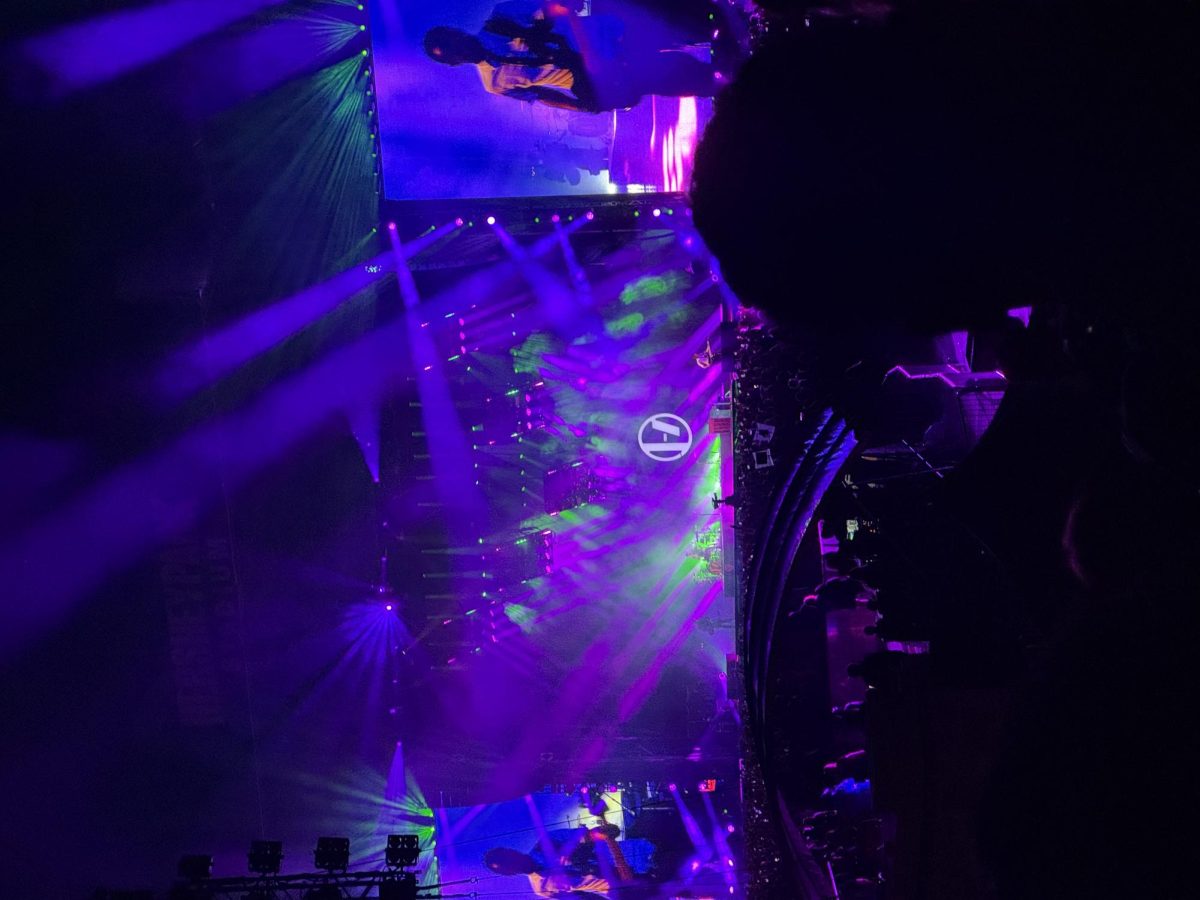Mental illness, more specifically depression, has ravaged humankind long before we coined the term to pertain to the struggle of feeling sadness over any other emotion in one’s life. Throughout the limitless research, studies and discoveries alike, we have continued to view depression as purely a detriment to society- a cancer that slowly eats away at the individual until there is nothing left but the shell of a person who once was. Though this may very well be true, many individuals who suffer from depression convert that hopelessness into creativity, and they find themselves through that of which seeks to do the opposite of self-seeking.
Many of the famous individuals whom we admire for their extravagant achievements did so because of expression of depression- regardless of whether the individual was formerly diagnosed with the mental disorder or not. Albert Einstein, according to BBC News, had a sort of mental breakdown by age 50, that of which was brought on by depression. This disease, however, did not prevent Einstein from redefining the laws of physics- creating a better understanding of the laws of nature. It is said that Einstein was a loner and an anti-socialite, a man who despite his intuitive genius, struggled with his own inner demons of depression. This struggle, however, may very well have been what shaped his work ethic and drive to become the man he was. The passion that he had for science could almost have very well resulted from the inner demons which drove him to pursue outlets- those outlets being clear understanding and logic provided to humankind.
Edgar Allan Poe, who is known worldwide as one of the greatest poets and literary critics of all time, has been researched by medical and behavioral professionals- many of whom agree that Poe was suffering from manic depression. The Baltimore Sun reported that Poe, because of his many works of the macabre and his behavior on accounts of acquaintances, most likely suffered from Manic Depressive Disorder. The sadness, betrayal and terror that shapes Poe’s poems and short stories certainly pertain to his deep emotions.
When Poe’s wife died at a terribly young age, Poe spiraled into sadness and that was when he wrote many of his most famous works of literature, including The Raven. The bitter emotions and mental struggles that Poe faced daily sparked his creative mind, and what we know as his struggles also became his greatest forms of artistic expression. His drive to continuously write poetry and short stories that deal with mental illness and the macabre stemmed from his own depressive struggles.
Even in this 21st century, it is evident in the arts that many individuals turn their shortcomings into progressions- those progressions shape who they are as people, not the mental illnesses that ravage them. Singers, actors, movie directors and authors of this day and age constantly portray inner struggles of mental illness in order to help themselves as well as those around them.
The terrors and deficiencies that many of us experience certainly don’t define us in context, rather they provide us with creative outlets to express our emotions. If you ask any type of artist if they would trade their art for their illness, they wouldn’t make that trade for anything in the world- for the sadness that seeks to destroy them also serves as the biggest motivator.
Sabin is a freshman English major. He is a staff writer for The Voice.


